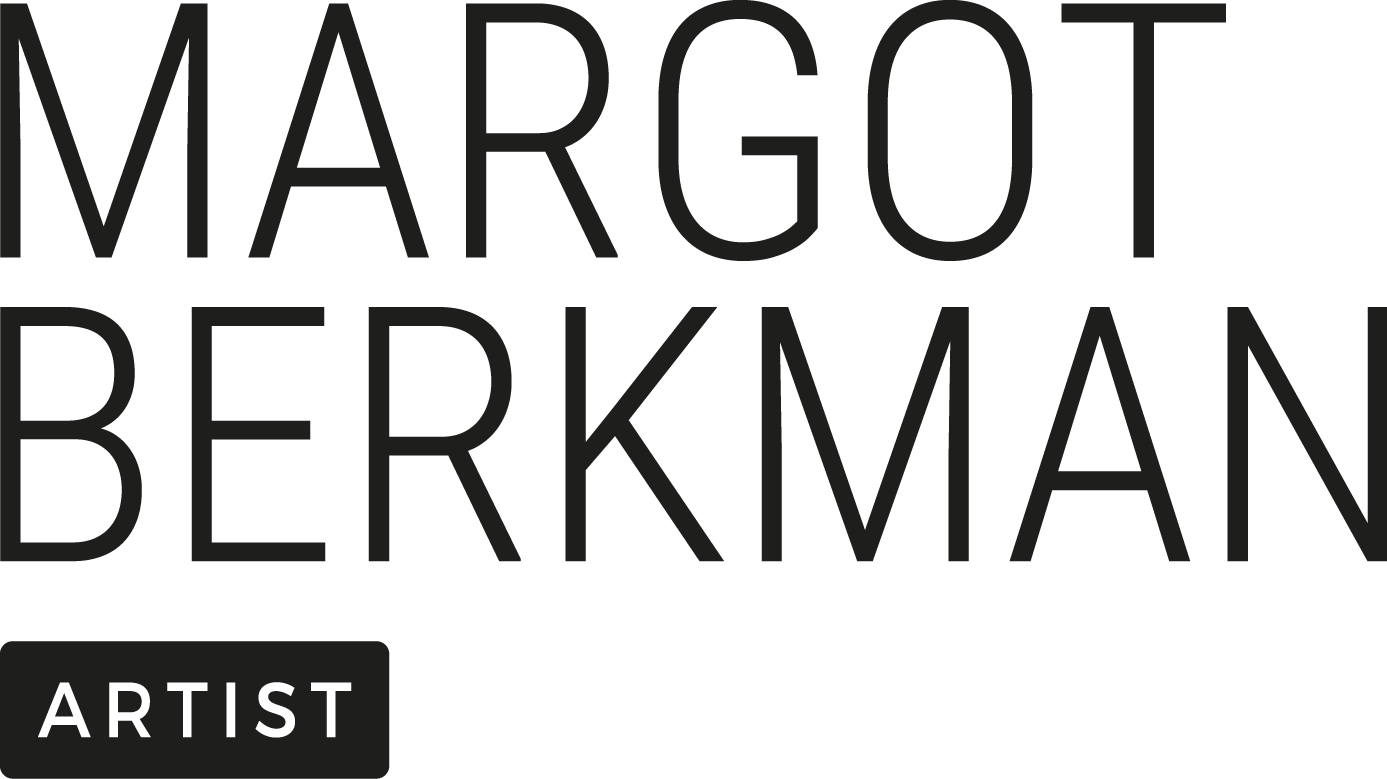Dreef expositie ‘Don’t know much about algae-bra’ Provinciehuis Noord Holland
DON’T KNOW MUCH ABOUT ALGAE-BRA: New Exhibition in Provinciehuis van Noord Holland 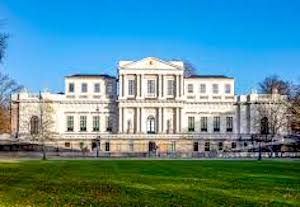
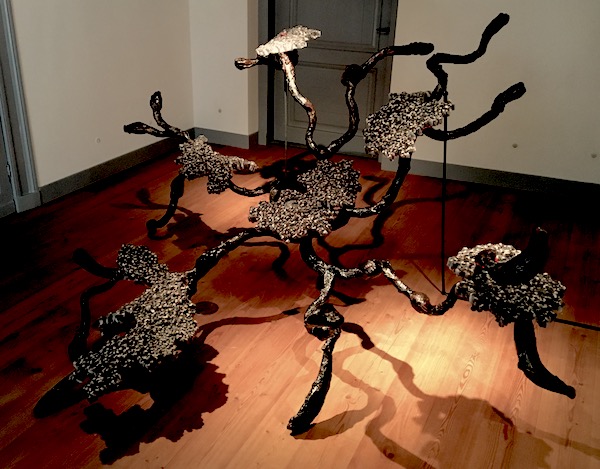
Visual arts and sustainability meet in the new Dreef exhibition DON’T KNOW MUCH ABOUT ALGAE-BRA from 29 March, curated by curator Aart van der Kuijl. There are installations, soft sculptures, tapestry and objects by Margot Berkman and Pieter W. Postma, and paintings by Naomi Mitsuko Makkelie.
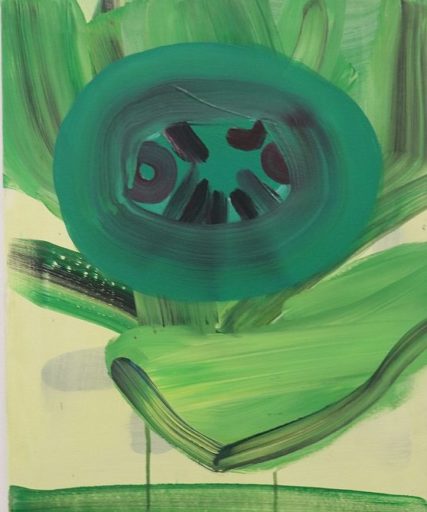
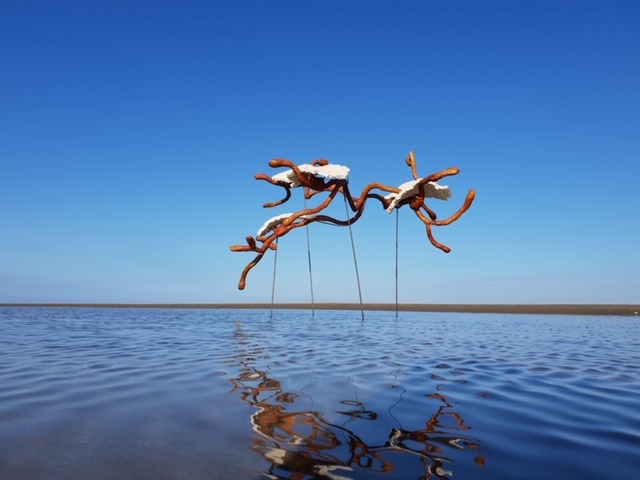
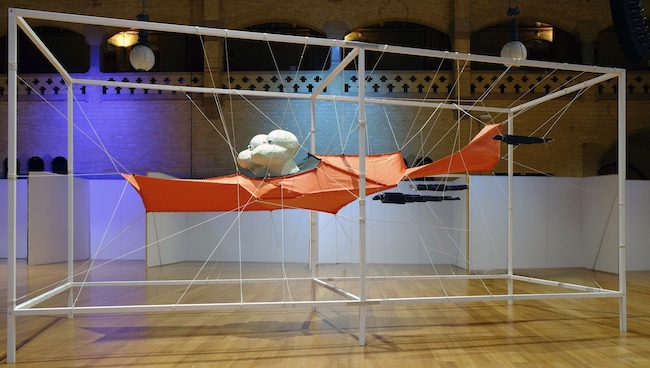
The exhibition is subtitled THE WONDERFUL WORLD OF PHOTOSYNTHESE. Algae play an essential role in this. More than 50% of the oxygen production in our atmosphere is caused by photosynthesis of algae, such as plankton, algae and kelp forests. The three artists are inspired by the richly varied marine flora and refer directly or indirectly to this in their art.
On Friday 29 March, Jack van der Hoek, Deputy of Culture and Sustainability, will open the exhibition at 5 p.m. Art lovers are cordially invited to be present. After this, the exhibition can be viewed until 3 May on weekdays from 9 a.m. to 5 p.m. at Paviljoen Welgelegen, Dreef 3 in Haarlem. Entrance is free.
Appendix: background information DON’T KNOW MUCH ABOUT ALGAE-BRA
The title of the exhibition refers to the song by Sam Cooke – “What a Wonderful World.” The works of the three Dutch artists focus on the wonderful world of water around us, and its significance for the ecosystem. Algae are not only important for oxygen production. They are also gaining in value for the food industry and science. For example, seaweed is full of minerals.
About the artists:
Margot Berkman: her greatest source of inspiration is the sea. She investigates the longing for this, the depths of the underwater world and makes discoveries during her daily beach walks. After the nuclear disaster in Fukushima in Japan, all the seaweed in that area died. As we know, seaweed provides oxygen in the air. Algae and algae are the lungs of the world. She processes her research in all kinds of materials: drawings, bronze objects and sculptures, but also in soft sculptures such as hanging spatial carpets.
The paintings by Naomi Mitsuko Makkelie are about thinking about the meaning, ethics and value of immortality, and how the future and the past influence each other on a historical, cultural and scientific level. Events can only be viewed as “good” or “bad” if they are viewed in the context of a certain point in time. An incident can be considered good at a certain moment and bad in a subsequent period. In the paintings of Makkelie, those notions of good and bad do not exist, because it is impossible to determine whether an event is positive or negative in the present.
Pieter W. Postma is first and foremost a gifted storyteller. His stories extend to other worlds than ours. To parallel universes, populated by surrealistic apparitions. They explore each other and our universe, using often brightly colored vehicles and vessels or more abstract objects. Postma shows them to us, as individual artifacts in a contemporary Wunderkammer. In his images and installations he combines hard with soft materials. The surrealistic means of transport are mainly made up of wood, polyester, textiles and metals. The figures, rocket sailors and sea creatures, their suits and masks, are made from rubbers, (artificial) leather and other fabrics.
